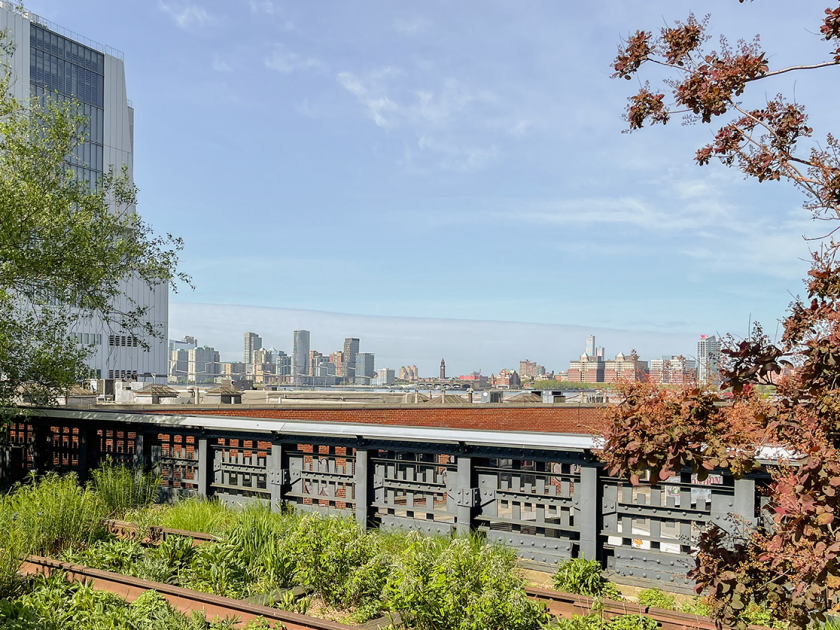Transforming Space into a Cultural Experience, a visit to the NYC High Line

Reinventing spaces does not only require resources, but also tons of creativity: Where you see an old railroad, others visualize the possibility of a park, hotel, or even a culinary voyage. There are no limits when it comes to revitalization of spaces (both old and new), and the High Line park is the perfect example of this.
Making robust, rusty and old rails coexist with nature is, in and of itself, a huge task since there are many things that could go wrong: It might not be aesthetically pleasing, nor a good deal in economic terms if not correctly planned. But if the team working on that renovation is up to the task, the results can end up being game-changing in a completely urban context.
A walk through the park…
From Gansevoort St. to W 15th Street, the High Line finds its basis in iron beams that have witnessed all the demographic and architectural changes to the neighborhood of Chelsea. Nowadays the structure finds itself serving a bigger purpose: An urban oasis spanning a few blocks that brings the spark of nature we all look for when we find ourselves in the midst of wide avenues surrounded by sky-high buildings on each side. The High Line is a moving park that allows visitors to appreciate the city’s architecture from a completely different point of view, while visitors never have to detach themselves from the urban lifestyle.
Visitors find themselves in front of different forms of contemporary art: Live performances and artistic installations which are also part of the High Line experience. They serve as attractions that contribute to providing visitors with more than a new view of the streets they walk every day.
But the park is more than that: It’s a culinary voyage with several options that captivate all pedestrians looking to indulge in the culinary delights of NYC. From wine to beer, authentic italian paninis to the unmistakable spiciness and flavour of a german currywurst: the High Line constitutes itself as a gastronomic area that fits everyone’s appetite and mood: A relaxed lunch after office reunion can take place in this park and feel just like a natural part of the overall landscape.
The main goal of all these elements is to generate a sense of community that reflects throughout the park’s length. Wherever you look (whether it is one of its gardens, a diner, or even a simple part of the park itself) you see people enjoying themselves and contributing to the existence of the High Line through different methods that range from economic to symbolic. At the very end, it’s a place that not only perfectly balances nature and urbanism, but also works as a reminder of the possibility of finding wonder in places that some take for granted.
So where does the transformation of space start?
Transformation of brownfield spaces starts with capturing and documenting reality. Before ground is even broken, planning and design needs to occur. Often, spaces lack the documentation needed whether it simply does not exist, or does not meet modern standards. The simple answer to solving this problem: technology. Where previously measurement was limited to tools that required lots of manual effort, today you can leverage commercially available services such as Laser Scanning to create a starting point in BIM where all project stakeholders can work off the same accurate and up to date information.
Want to learn more? Contact one of our experts today.


